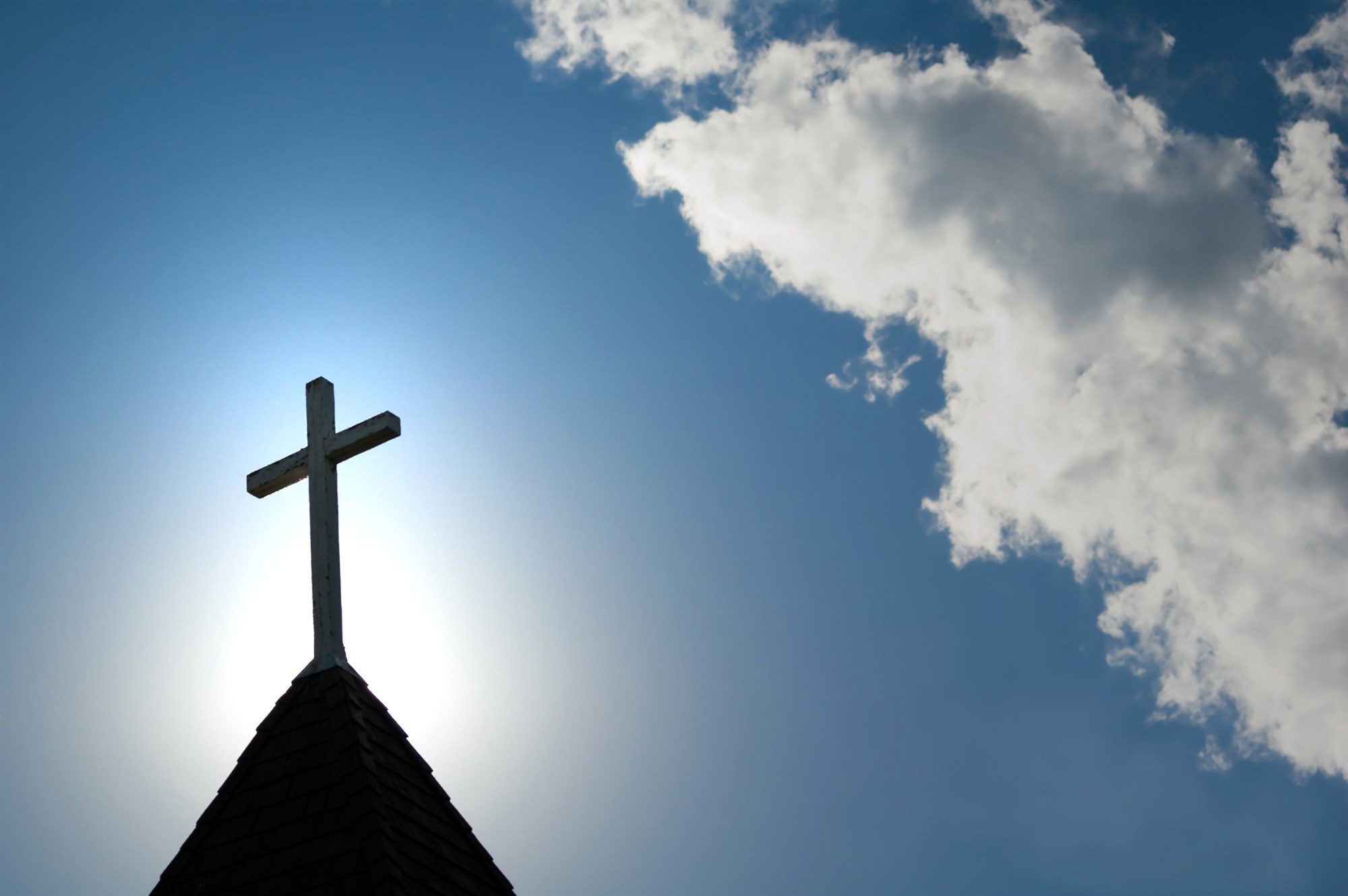
Weeks after President Trump demanded that America’s shuttered houses of worship be allowed to reopen, new outbreaks of the coronavirus are surging through churches across the country where services have resumed.
The virus has infiltrated Sunday sermons, meetings of ministers and Christian youth camps in Colorado and Missouri. It has struck churches that reopened cautiously with face masks and social distancing in the pews, as well as some that defied lockdowns and refused to heed new limits on numbers of worshipers.
Pastors and their families have tested positive, as have church ushers, front-door greeters and hundreds of churchgoers. In Texas, about 50 people contracted the virus after a pastor told congregants they could once again hug one another. In Florida, a teenage girl died last month after attending a youth party at her church.
More than 650 coronavirus cases have been linked to nearly 40 churches and religious events across the United States since the beginning of the pandemic, with many of them erupting over the last month as Americans resumed their pre-pandemic activities, according to a New York Times database.
“There’s a very fine line between protecting the health and safety of people, and protecting the right to worship,” said George Murdock, a county commissioner in northeastern Oregon, where the largest outbreak in the state has been traced to a Pentecostal church in a neighboring county. “It’s one we’ve been walking very nervously all along.”
While thousands of churches, synagogues and mosques across the country have been meeting virtually or outside on lawns and in parking lots to protect their members from the virus, the right to hold services within houses of worship became a political battleground as the country crawled out of lockdown this spring. In May, the president declared places of worship part of an “essential service” and threatened, though it was uncertain he had the power to do so, to override any governor’s orders keeping them closed.
But now, as the virus rages through Texas, Arizona and other evangelical bastions of the South and West, some churches that fought to reopen are being forced to close again and grapple with whether it is even possible to worship together safely.
“Our churches have followed protocols — masks, go in one door and out the other, social distancing,” said Cynthia Fierro Harvey, a bishop with the United Methodist Church in Louisiana, where three churches closed again over the last week. “And still people have tested positive.”
Other congregations have remained defiant in the face of rising infections, saying that state rules limiting service sizes infringe on their constitutional right to worship.
Some Christian groups objected to a new California rule that restricts singing in places of worship. In Nevada, the Calvary Chapel Dayton Valley is challenging state rules that cap religious gatherings at 50 people while allowing casinos and other reopening businesses to operate without similar limits.
“They’re downplaying the role that religion plays in the lives of Americans and suggesting it’s more important to go to the gym than to go to church,” said Kristen K. Waggoner, general counsel of the Alliance Defending Freedom, a conservative religious liberty group that brought the Nevada lawsuit and has challenged other state restrictions on religious gatherings. She said a vast majority of churches meet or exceed federal health guidelines for reopening.
But as new cases and clusters have emerged in recent weeks from Florida to Kansas to Hawaii, public health experts have emphasized that, even with social distancing, the virus can easily spread through the air when hymns are sung and sermons preached inside closed spaces. One of the world’s first mass coronavirus outbreaks occurred in
Congregants at Graystone Baptist Church in Ronceverte, W.Va., began to fall ill 10 days after Sunday services resumed in late May, with masks optional. There have been at least 51 confirmed cases and three deaths tied to the church, local health officials said.
Charles Hiser, 82, was the first of three churchgoers to die after contracting the virus.
His daughter, Libby Morgan, said her father had lived alone and had spent the last few months cooped up at home to stay safe. She brought him groceries and talked to him regularly on the phone so he was not lonely. But Mr. Hiser missed going to Graystone Baptist, where he had attended services for 30 years or so, his daughter said. So as soon as regular services resumed, he went right back, eschewing a mask.
Within two weeks, he had tested positive for the virus.
“I felt like, gosh, I was thinking he’d be safe there,” Ms. Morgan said. “You know, you’re in church. Just like a child that goes to school is supposed to feel safe.”
The church is now reopened, again, after a two-week closure.
There were just six recorded cases of the coronavirus in Union County, in rural northeastern Oregon, when Lighthouse United Pentecostal Church announced its reopening on May 22 in an Instagram post that also cited Mr. Trump’s remarks about reopening churches.
Now, the county has recorded 356 cases, many of them traced to the church.
The outbreak is thought to have been seeded by a wedding there, which drew attendees from out of town, said Dan Satterwhite, a pastor at an affiliated Lighthouse Church in the neighboring town of Pendleton. The pastor of the Island City church contracted the virus, and his wife was hospitalized, Mr. Satterwhite said.
In his own church, Mr. Satterwhite said, congregants were social distancing and mostly wearing masks. He had initially livestreamed services on Facebook, but some congregants begged to return to church and others did not have reliable internet access.
“I am trying to do the right thing. I know a lot of people don’t feel this way, but those that do feel that church is essential,” Mr. Satterwhite said. “There’s more to be considered there than just the physical health, there’s also the spiritual health.
The outbreak has stoked resentment against the church from residents who believe that its members acted recklessly, but some local officials defended the church’s actions. In a virtual town-hall event, Sheriff Boyd Rasmussen of Union County said the congregation had moved services outside in an effort to socially distance after a complaint was made to the sheriff’s office. The church also offered coronavirus tests in its parking lot after cases were reported, said J.B. Brock, the county’s emergency manager.
Ron Arbaugh, a pastor at Calvary Chapel of San Antonio, said his church had followed “the letter of the law” and tried to practice social distancing since it was allowed to reopen in May. The ushers, greeters and leaders of the children’s ministry wore face masks. Families sat spaced out in the pews. About half the congregation wore masks.
But now, about 50 congregants and staff members — including the pastor and his wife — have tested positive for the coronavirus. Mr. Arbaugh said all the cases had been mild so far.
He said he does not know how the virus spread in the church or who brought it in, but that he now regrets announcing after several weeks of resumed services that congregants could hug one another again.
“In retrospect, I would have said: Just maintain that distance,” he said. “In a spiritual environment we had people who were away from fellowship for so long and in isolation. They were hurting. We just got to a point where we thought, we need to have normal church services.”
Over 80 cases have been linked to Kanakuk Kamps, a Christian youth camp in Missouri. Melissa Fisher, a parent whose teenagers attended the facility in early June, said that camp leaders had asked campers to quarantine themselves for two weeks before arriving and to monitor their temperatures. Campers were given masks to wear in group settings, although they were not required to wear them when they were in smaller groups of campers they were rooming with, she said.
“I don’t think the camp should be penalized or put in a dark light for having camp,” she said. “They went above and beyond for these kids to have some sort of normal.”
While major Christian denominations, synagogues and mosques across the country have taken pains to craft detailed reopening plans and impose strict new rules, some of the recent cases appear to have occurred in churches that did not require masks or keep members apart.
In Fort Myers, Fla., Carsyn L. Davis, a high school orchestra member, attended a youth party at her church on June 10 with 100 other children. She did not wear a mask, and children at the event, billed as a “release party” of fellowship and games to celebrate the return of church services, did not stay at a distance, according to a Miami-Dade County medical examiner’s report.
Three days after the party, Carsyn, who had asthma and had overcome a rare neurological disorder as a child, developed a headache, sinus pressure and a mild cough. She died on June 23, two days after her 17th birthday.
A pastor at the church, Dustin Zarick, said in a video posted to Facebook that it had canceled all youth activities because “several families had been affected by Covid-19.” He said the church had made the “proactive decision” in order to keep members safe.
“Media reports and postings accusing the church of ignoring protocols or actively engaging in behavior intended to expose our congregation to the virus are absolutely false,” the church said in an emailed statement to The Times.
Mr. Satterwhite, the pastor in Oregon, said that scrutiny had fallen unfairly on churches, while businesses with outbreaks did not face the same backlash. “I think that there is an effort on the part of some to use things like this to try to shut churches down,” he said, adding that he appreciated Mr. Trump’s supportive remarks about churches being essential.
When weighing his responsibility as a faith leader, Mr. Satterwhite said, he returned to his beliefs. “My personal belief is, I have faith in God,” he said. “If God wants me to get Covid, I’ll get Covid. And if God doesn’t want me to get Covid, I won’t.” (The New York Times)



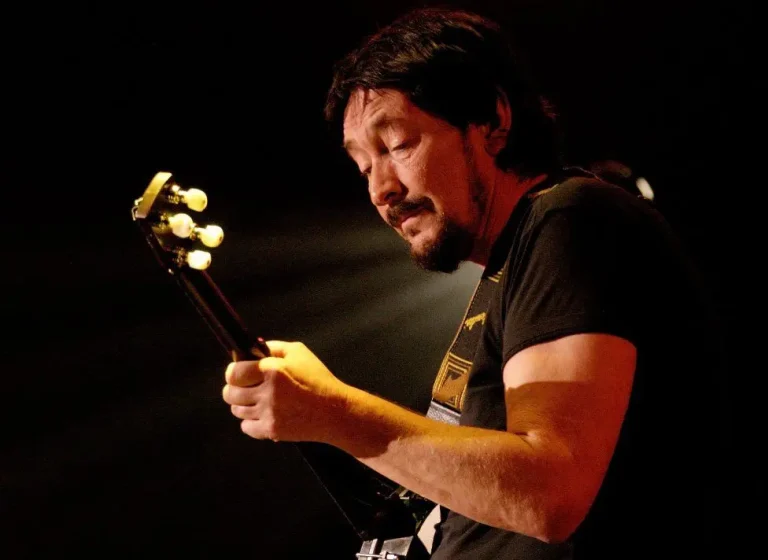
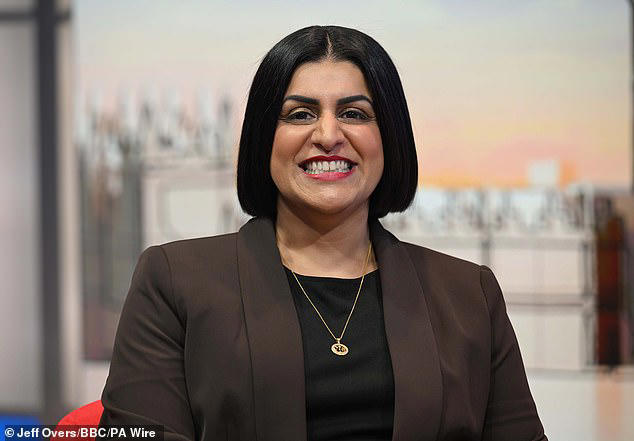
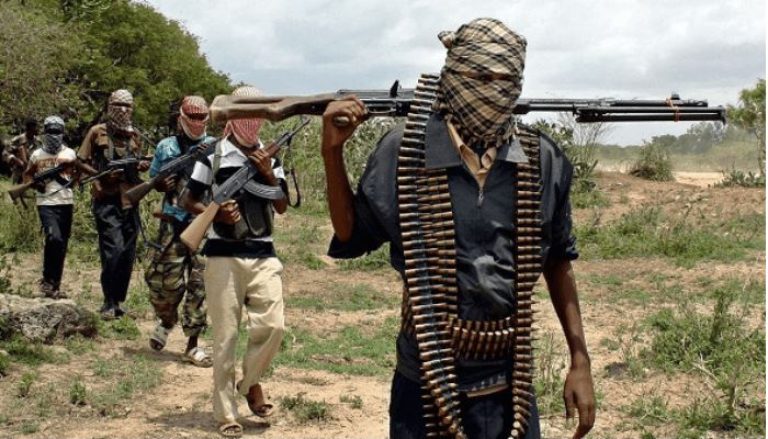
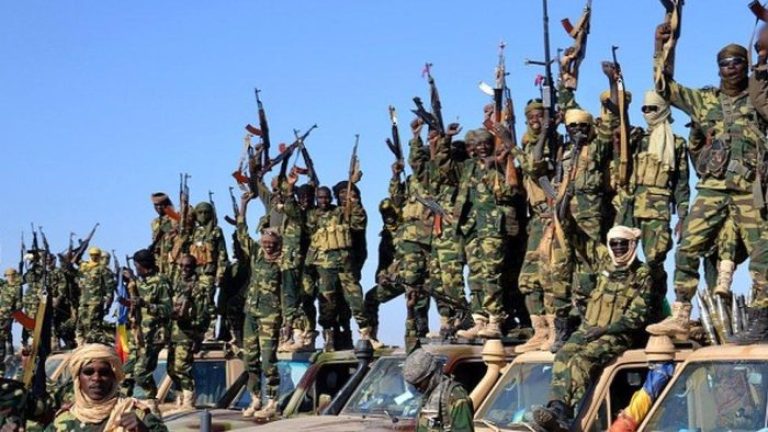


715894 595565This sort of in search of get the enhancements produced on this unique lifestyle and diet, begin your L . a . Shifting the pounds diet solution is really a huge procedure into accesing which generally hope. weight loss 717687